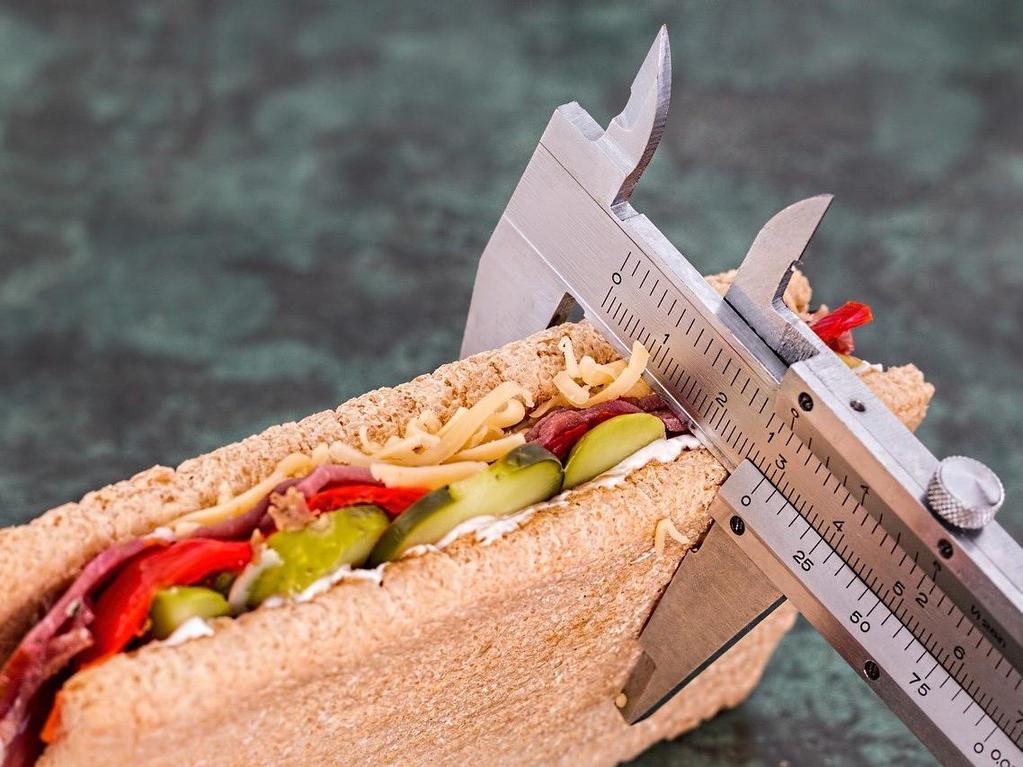The diagnosis of cholecystitis is primarily based on clinical manifestations, laboratory tests, and imaging studies. For patients experiencing acute right upper abdominal pain after consuming greasy foods, especially when accompanied by nausea, vomiting, and fever, physical examination can be performed by applying pressure to the right upper abdomen to check for significant tenderness. Patients with notable tenderness are more likely to have cholecystitis. To confirm the diagnosis, a complete blood count (CBC) and an ultrasound can be performed. Elevated white blood cell count in the CBC, along with ultrasound findings such as gallbladder enlargement, thickened gallbladder wall, or fluid accumulation around the gallbladder, combined with the patient's clinical symptoms, can lead to a diagnosis of acute cholecystitis.




